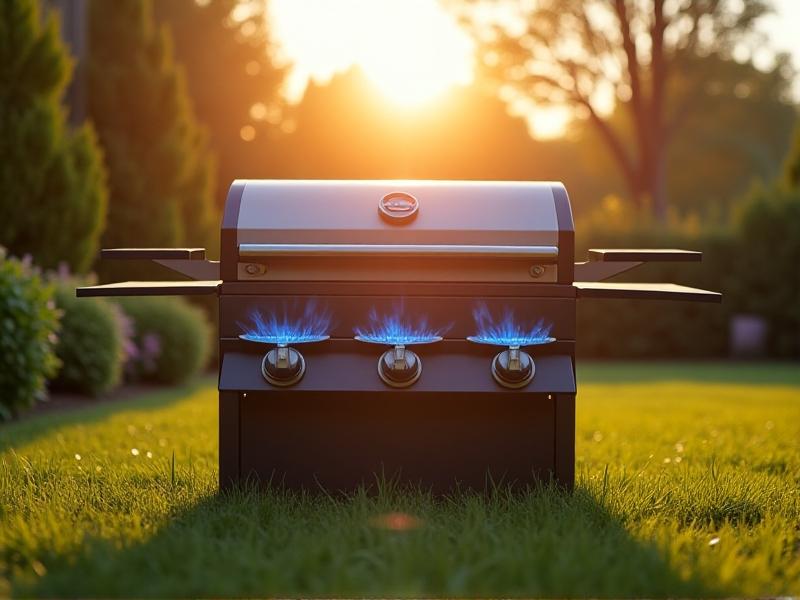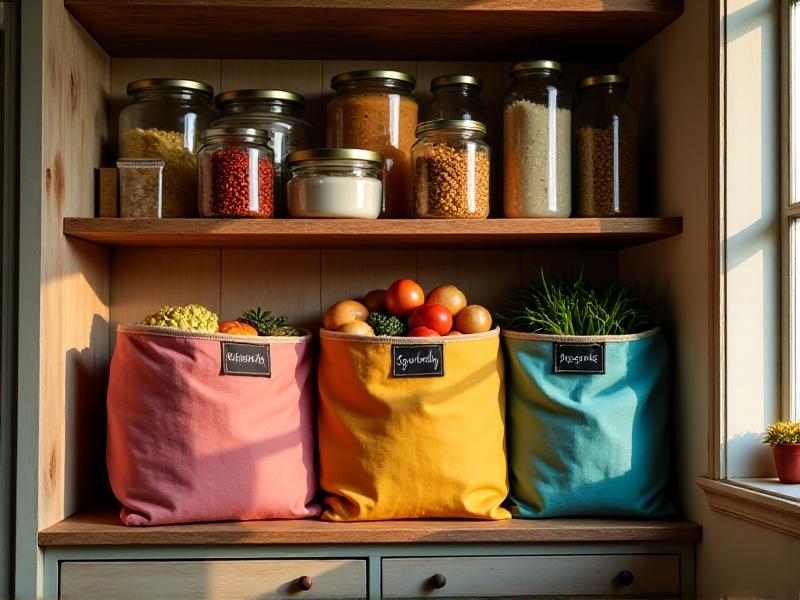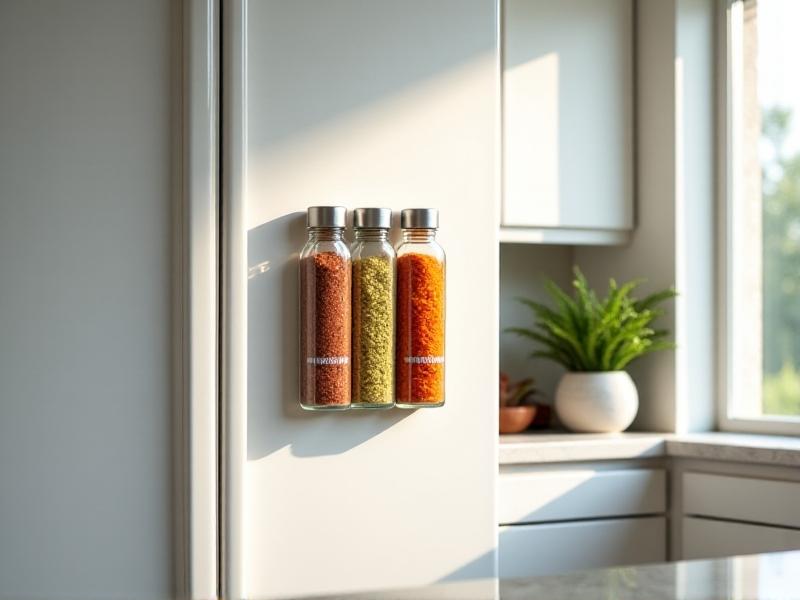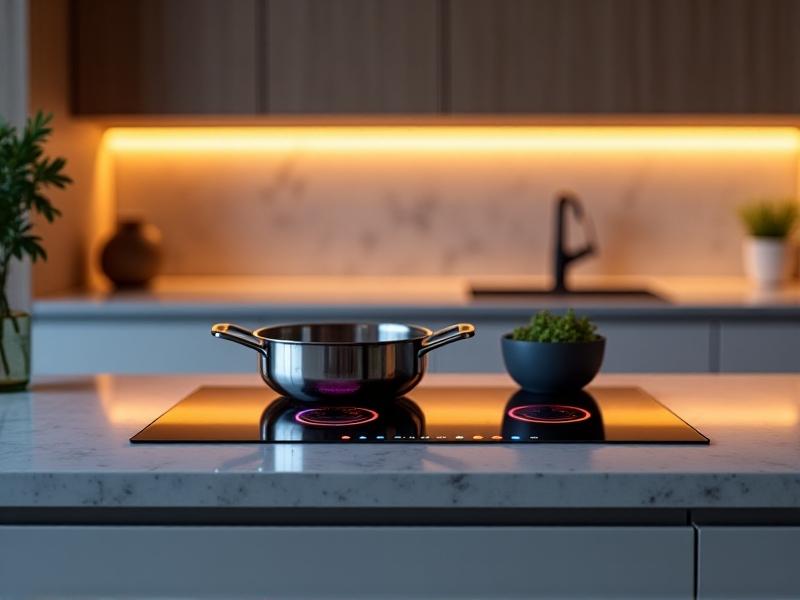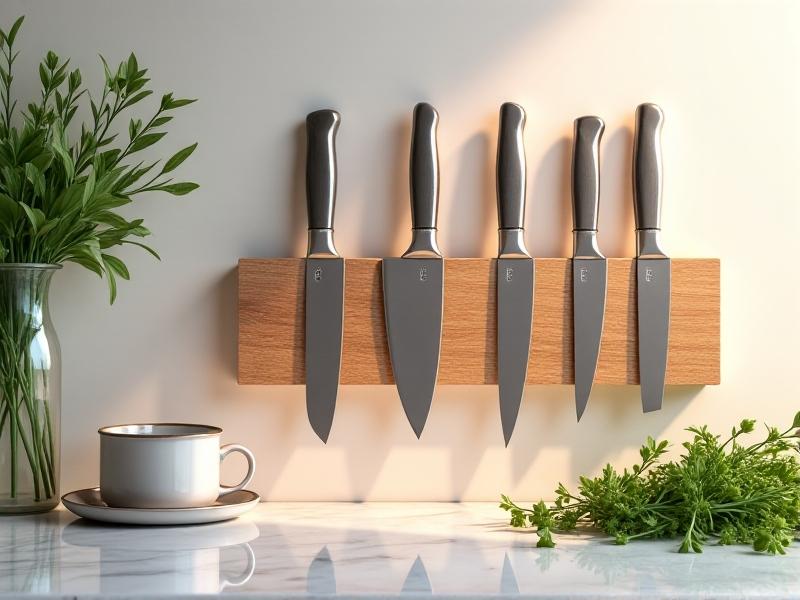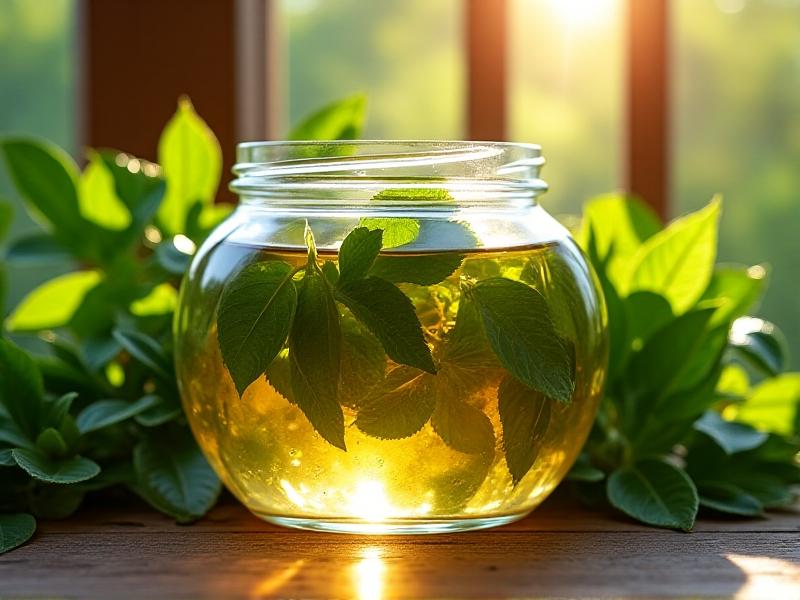Condiment Squeeze Tube Hygiene
The Unseen World Inside Your Condiment Squeeze Tubes
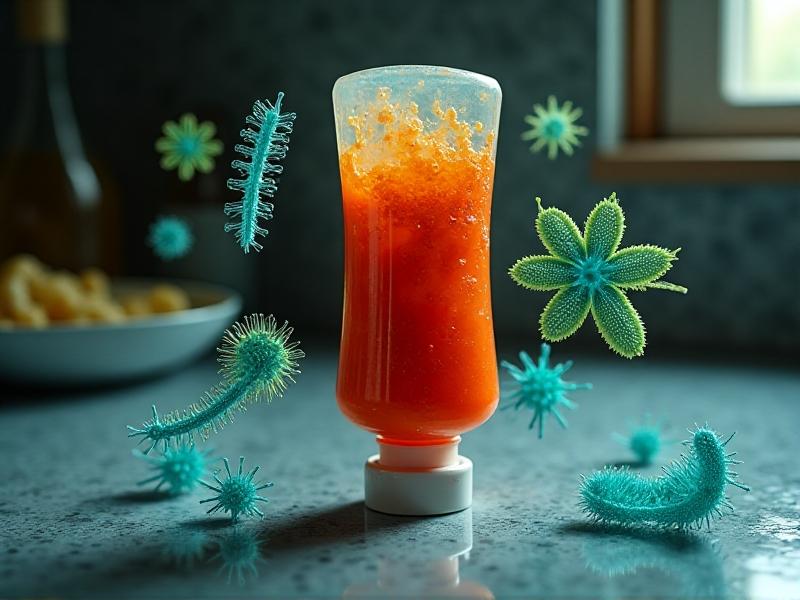
Condiment squeeze tubes are staples in kitchens and restaurants, but their design creates a perfect habitat for microbial growth. The narrow opening and residual condiments left after squeezing trap moisture and organic matter, fostering bacteria like E. coli , Staphylococcus , and mold. Studies show that improperly cleaned tubes can harbor 10x more bacteria than toilet seats. The risk increases when tubes are reused without thorough washing, as contaminants from utensils or hands introduce new pathogens. Even “clean” tubes aren’t safe: a 2022 study found that 30% of sampled restaurant condiment containers had trace amounts of fecal bacteria.
Mastering the Art of Cleaning Squeeze Tubes

Effective cleaning requires disassembly. Start by removing the cap and detaching any nozzles. Soak components in warm, soapy water for 10 minutes to loosen residue. Use a long-bristled bottle brush to scrub the interior, paying attention to ridges near the opening. For stubborn stains, create a paste from baking soda and vinegar. Sanitize with a bleach solution (1 tsp bleach per gallon of water) for 2 minutes, then air-dry upside-down on a rack. Avoid towel-drying, as lint transfers microbes. Restaurants should adopt a “one-day use” policy for shared tubes, with mandatory nightly sanitization cycles in commercial dishwashers.
The Science of Safe Condiment Storage
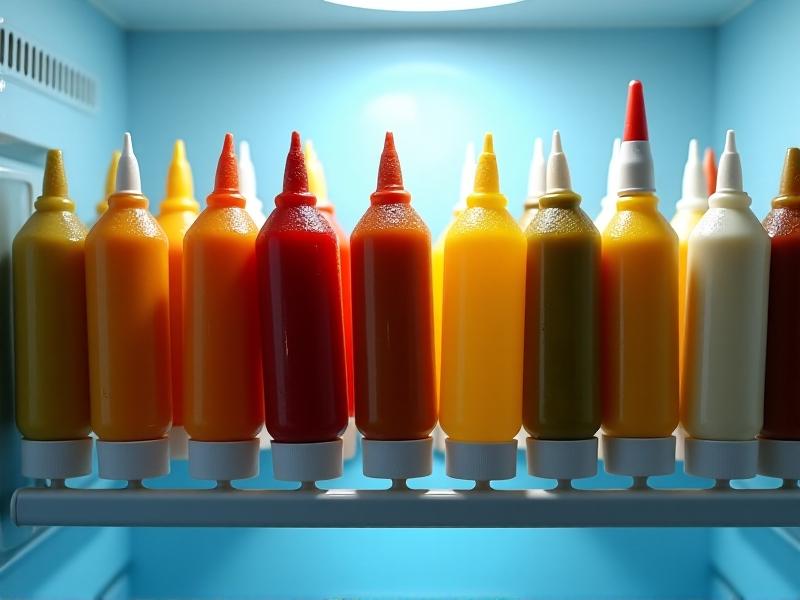
Temperature and positioning matter. Store tubes vertically to prevent condiment pooling in caps. Ideal fridge temperatures (34–40°F) slow bacterial replication but don’t stop it—mayonnaise-based sauces still require weekly rotation. Never leave tubes at room temperature >2 hours; in hot climates (>90°F), discard after 1 hour. For outdoor events, use insulated containers with ice packs. Glass or stainless steel tubes inhibit bacterial adhesion better than plastic. Label tubes with expiration dates: most homemade sauces last 5–7 days, while commercial products degrade faster after opening (e.g., sriracha lasts 6 months unopened vs 1 month opened).
Breaking Bad Habits: Dispensing Gone Wrong
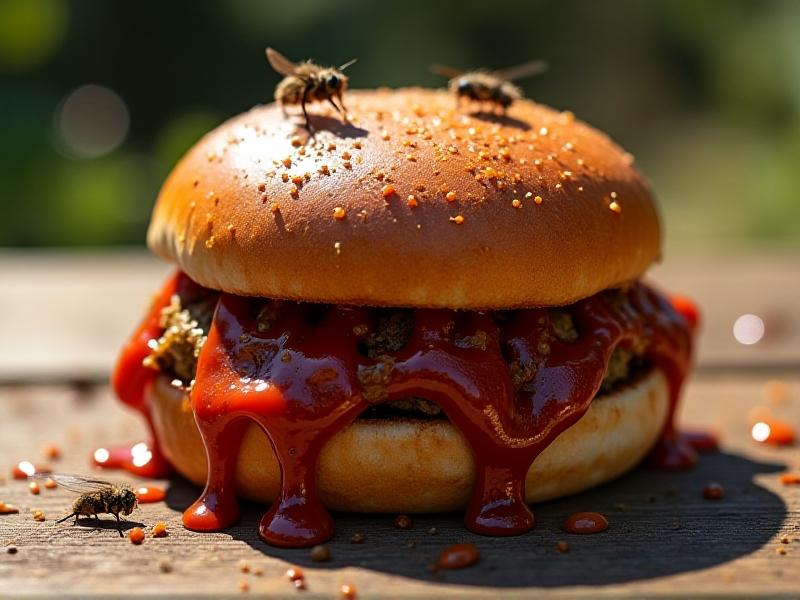
Common mistakes include “double-dipping” utensils, storing tubes near raw meat, and ignoring expiration dates. A 2023 survey revealed 68% of users never wash tubes between refills, creating layered contamination. Cross-contamination is rampant when tubes touch contaminated surfaces—always use a clean spoon to transfer condiments. Another error: using water to “stretch” nearly empty tubes. This dilutes preservatives and introduces new microbes. Instead, cut the tube open when nearly empty and transfer leftovers to an airtight container. For commercial kitchens, color-coded tubes (red for ketchup, yellow for mustard) prevent flavor cross-contamination.
Next-Gen Solutions for Mess-Free Dispensing
New materials and designs are revolutionizing condiment hygiene. Silicone tubes with wide-mouth designs allow full interior access for cleaning. UV-C sanitizing caps (like those from CleanBottle Co.) zap 99.9% of germs in 60 seconds. For bulk storage, consider pressurized stainless steel containers that dispense sauce without air exposure. Restaurants are adopting disposable squeeze pouches made from plant-based plastics—price dropped 40% since 2021. Home users love magnetic tube holders that keep nozzles elevated above counter surfaces. The future? Smart tubes with expiration reminders and microbial sensors already exist in prototype stages from companies like KitchenSafe.
Transforming Kitchen Hygiene Habits
Improved squeeze tube hygiene reduces foodborne illness risks and extends ingredient freshness. Start with small changes: assign specific tubes to individual family members or create a weekly cleaning schedule. Use translucent tubes to monitor residue buildup. Pair proper condiment care with other habits—like replacing sponges monthly and sanitizing fridge handles. Remember: a 2024 Johns Hopkins study found kitchens with rigorous condiment protocols had 60% fewer norovirus cases. Share knowledge through fun initiatives; host a “clean condiment challenge” where friends compare tube swab tests under UV lights. When hygiene becomes routine, everyone enjoys safer, tastier meals.
